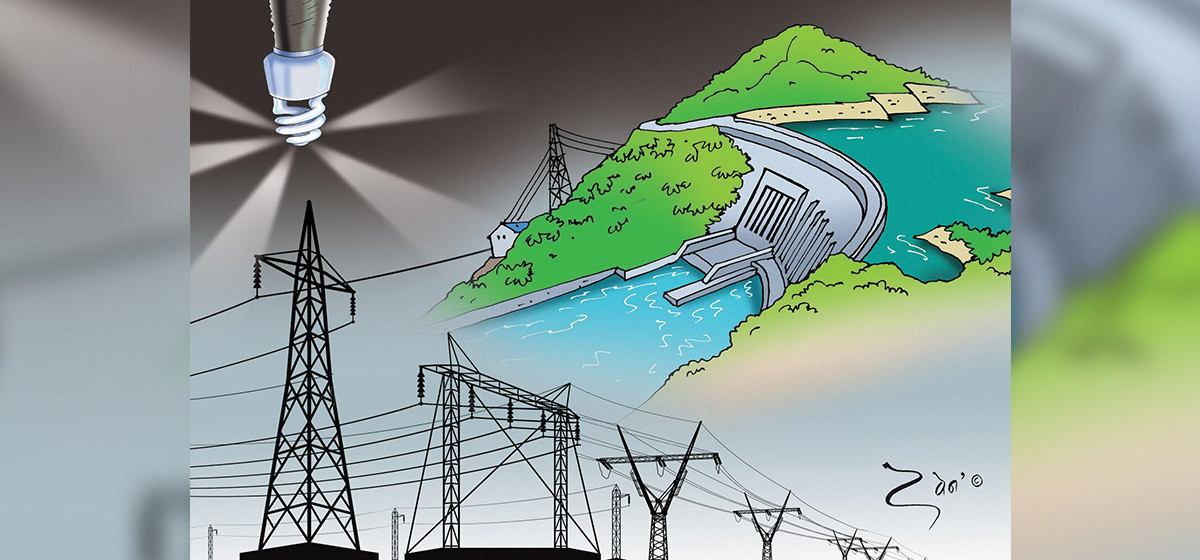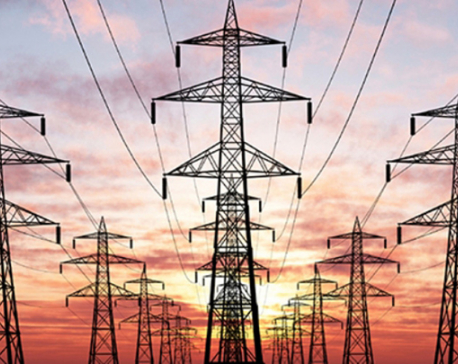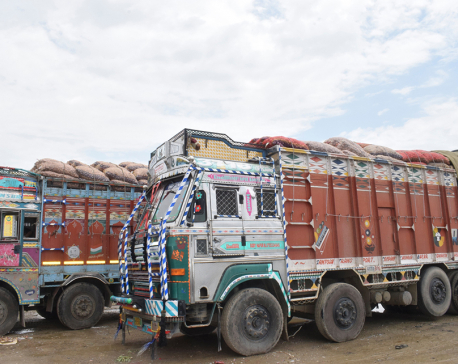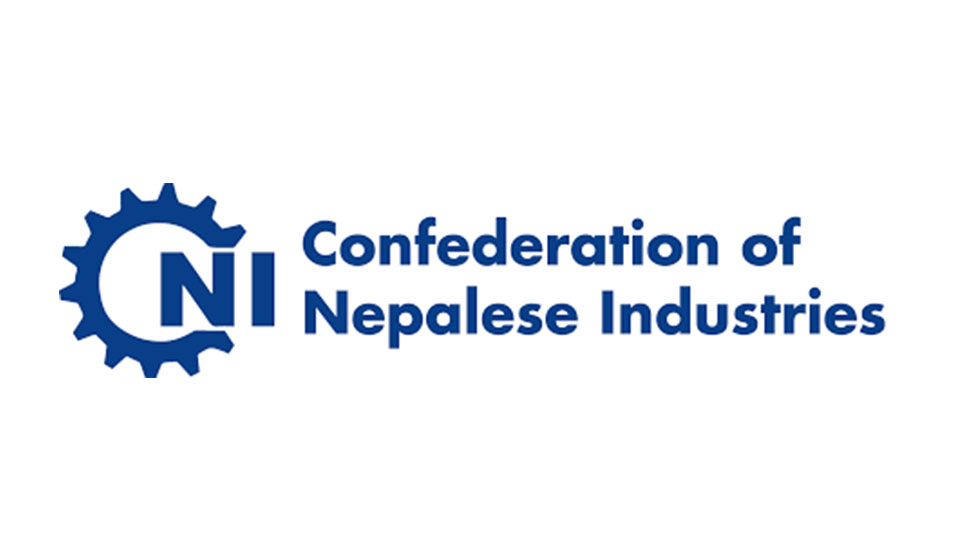
OR
Editorial
India's positive gesture on power trade
Published On: October 31, 2023 07:45 AM NPT By: Republica | @RepublicaNepal

India's recent decision to include imported hydroelectricity from Nepal under its renewable energy count is a significant and commendable move that symbolizes the strengthening ties between the two countries. This policy change, announced by the Indian Ministry of New and Renewable Energy, is a milestone in the evolution of power trade in the region, with far-reaching implications for both countries. It not only paves the way for Nepal to optimize its abundant hydropower potential but also aligns with India's ambitious renewable energy goals, underscoring their shared commitment to a sustainable future. The Indian government's decision, published in the Gazette of India on October 20, is a clear signal that it values and acknowledges the importance of power trade with Nepal. The new policy revises the existing energy-related guidelines to recognize imported hydroelectricity as a renewable energy source. Importantly, this change will come into effect in the next year and remain valid until 2030, ensuring long-term stability and predictability for investors and stakeholders in both nations.
The heart of this policy change is the introduction of the Hydropower Purchase Obligation (HPO), which was previously applicable exclusively to hydroelectricity generated within India's borders. Now, Indian authorities have expanded the scope of HPO to include imported hydroelectricity from neighboring countries like Nepal. This expansion opens up new avenues for power trade and cooperation, demonstrating a commitment to fostering sustainable and equitable energy partnerships. India's renewable energy targets have been progressively ambitious, with a goal of reaching 29.91 percent of its energy consumption from renewable sources by 2025 and 43.33 percent by 2030. In this context, the hydropower sector is anticipated to make a substantial contribution, aiming for 0.38 percent by 2025 and an impressive 1.33 percent by 2030. To facilitate this transition, India has outlined that only hydropower plants starting production after March 31, 2024, will be eligible for inclusion in the HPO calculations. This is an important step in ensuring that new and efficient hydropower projects are brought into the mix, further emphasizing the commitment to sustainable energy practices.
The new provision made by New Delhi is seen as a means for Nepal and other countries exporting hydropower to India to efficiently utilize their electricity generation. Experts believe that Indian companies will now have the flexibility to purchase more hydroelectricity from Nepali developers. This aligns with Nepal's ambition to produce 15,000 MW of electricity by 2030, a goal that India's cooperation can greatly contribute to. India's eagerness to promote green energy exchanges with its neighboring countries is evident in recent developments. Just two months ago, India increased the limit for Nepal to sell its electricity in the Indian market, allowing for an additional 180 MW of power. Moreover, India has now permitted the sale of electricity generated by the Lower Modi and Kabeli B1 hydropower projects, further strengthening the power trade relationship. One of the most striking implications of this positive gesture is the reduction of energy wastage. Nepal, which has faced challenges in exporting its excess electricity, has been wasting around 500 MW of electricity on a daily basis. By welcoming more of Nepal's hydropower into its renewable energy count, India will play a pivotal role in reducing this wastage, ensuring that the energy generated is put to good use. This positive gesture benefits both Nepal and India by promoting clean energy, reducing waste, and strengthening their bilateral relationship. As we work towards a greener and more sustainable future, such initiatives serve as beacons of hope.
You May Like This

A Milestone in Nepal-India Power Trade
In a significant development for the Nepal-India power trade, the Indian government has officially given approval to purchase 10,000 megawatts... Read More...

Government steps back from decision to examine veggies, fruits from India
KATHMANDU, July 5: The government has stepped back from the decision to examine the vegetables and fruits that are imported... Read More...

Fruits, vegetables from India stopped at customs, requiring pesticide clearance
BHAIRAHAWA, June 24: Following the government's decision that fruits and vegetables will be allowed entry into the country only after verifying... Read More...






Just In
- CNI President Agrawal highlights Nepal's conducive investment climate at Investment Summit
- Hearing on case against cricketer Lamicchane could not proceed today
- UML candidate Bhandari maintains lead in Bajhang
- Nepal Investment Summit (live)
- Second T20 match: Nepal loses to West Indies ‘A’
- Bajhang by-polls update: 400 ballots counted so far
- Vote counting update: NC takes lead in Ilam-2
- People urged to take caution as Terai region including Lumbini province experiences sweltering heat











Leave A Comment